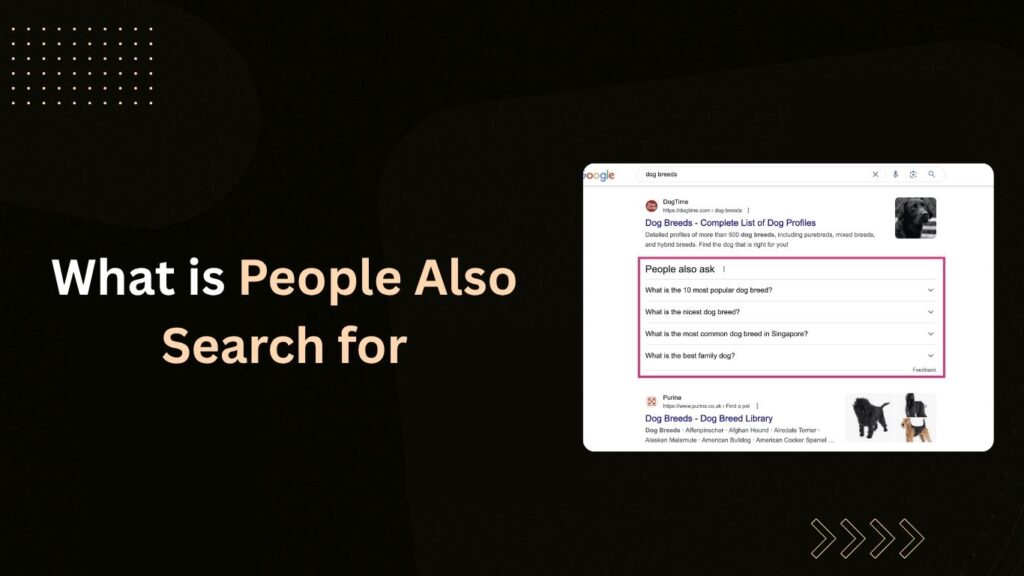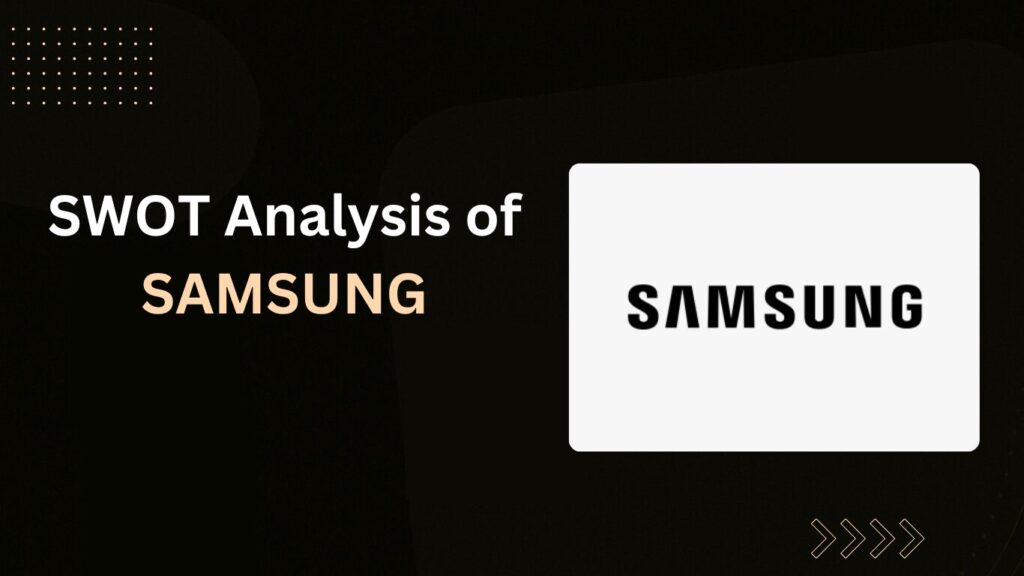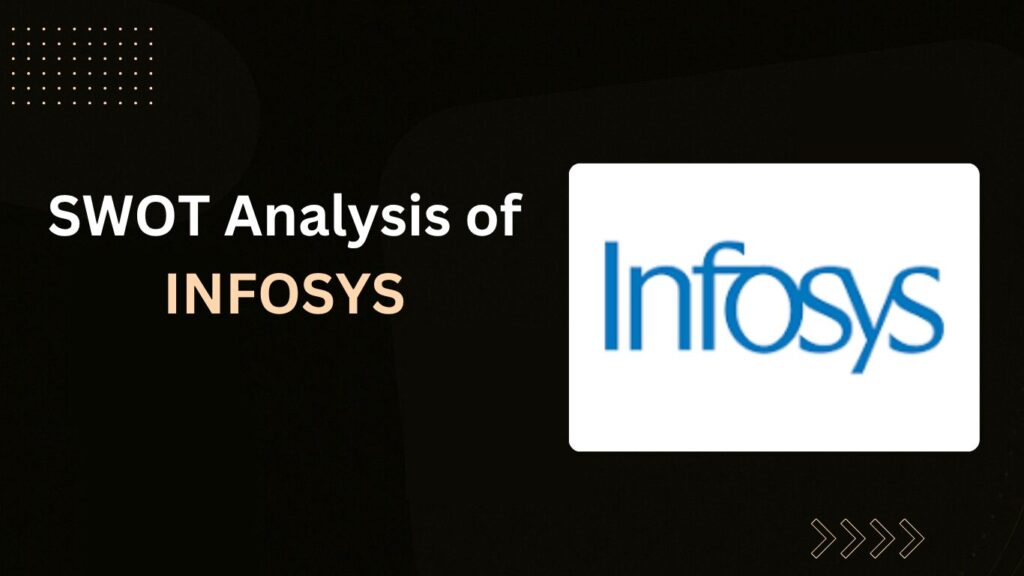What is Answer Engine Optimization (AEO)?
In today’s fast-moving digital world, a simple Google search isn’t the only way people find information anymore. We now ask Alexa, Siri, or even ChatGPT for quick answers. This shift in search behavior has introduced a new player in the digital marketing world: Answer Engine Optimization (AEO).
But what exactly is AEO? Why does it matter? And how is it different from SEO?
Let’s explore everything in a question-and-answer format — just like how your customers search online.
What is AEO in Digital Marketing?
Answer Engine Optimization (AEO) is a modern digital marketing strategy designed to make your content easily discoverable and directly usable by answer engines — platforms that deliver concise answers to user queries. These include Google’s featured snippets, voice assistants like Siri, Alexa, and Google Assistant, and AI chat platforms such as ChatGPT, Google Gemini, and Perplexity.
Unlike traditional SEO, which primarily aims to drive traffic to websites by improving search engine rankings, AEO focuses on visibility and usefulness — ensuring that your content provides fast, clear, and direct answers to user questions, even if the user never visits your site.
Where Does AEO Apply?
AEO doesn’t just target clicks — it focuses on visibility where users get answers without even visiting your site. This includes platforms like:
- Google Answer Boxes / Featured Snippets – Shows direct answers above all other search results.
- Voice Assistants – Devices like Siri, Alexa, and Google Assistant read out your content as answers.
- AI Tools & Chatbots – AI platforms like ChatGPT and Google Gemini extract and deliver content from well-optimized sources.
Key Aspects of AEO:
- Understand User Intent:
Focus on what people really want to know. Anticipate specific questions and tailor your content to provide clear solutions. - Provide Direct, Clear Answers:
Keep responses to user queries short, precise, and free from fluff. Use straightforward language. - Use Structured Data (Schema Markup):
Implement schema.org tags (like FAQ, HowTo, Article) to help search engines and AI models understand and index your content better. - Optimize for Natural Language & Long-Tail Keywords:
Think conversationally — the way users speak or type questions, especially in voice searches (e.g., “How do I optimize my content for Siri?”). - Format for Quick AI Extraction:
Use headers, bullet points, numbered lists, and simple sentence structures to make your content easily scannable and extractable by bots.
How is AEO different from SEO?
Think of SEO as a traditional shop with a catchy sign that invites people inside. AEO, on the other hand, is like a street vendor giving you what you need instantly.
| Feature | SEO | AEO |
| Goal | Drive traffic to website | Deliver direct answers where users search or ask |
| Focus | In-depth content, backlinks, keywords | Question-based, answer-focused content |
| Platform | Google, Bing, Yahoo | AI models, voice assistants, featured snippets |
| Optimization Style | Keyword density, on-page SEO, link building | Schema markup, concise formats, conversational tone |
| User Intent | Broad: transactional, navigational, etc. | Specific: informational, conversational, question-based |
| Measurement | Organic traffic, CTR, conversions | Snippet mentions, voice search presence, AI model visibility |
Why is AEO (Answer Engine Optimization) important today?
In today’s fast-paced digital world, users want answers, not just links. Whether someone is speaking into their smart speaker, using voice search on their phone, or typing a quick query into an AI chatbot — they’re not looking to scroll through endless web pages. They want instant, reliable, and clear responses. That’s exactly where Answer Engine Optimization (AEO) comes in.
The Digital Landscape Has Shifted:
- People prefer quick, clear answers — not lengthy blog posts or complex web pages. The expectation today is to get the needed information in seconds, without digging through paragraphs.
- Voice search is on the rise. Every day, millions of users ask, “Hey Siri,” “Alexa,” or “OK Google,” for recommendations like: “What’s the best phone under ₹20,000?” If your content isn’t optimized to be the answer, you’re invisible to this audience.
- AI tools are becoming the new default for search. From ChatGPT to Google’s Gemini and Bing AI, users are turning to conversational assistants that summarize the best answers instantly — and these tools rely on AEO-optimized content.
- Featured snippets and answer boxes dominate the top of search results. These special sections (often called “Position Zero”) appear above traditional search listings and get significantly more clicks and visibility.
Why Should You Care About AEO?
When your content is optimized for answer engines, you gain several strategic benefits:
Get Featured in Answer Boxes (Position Zero):
By appearing in the topmost spot on Google — above all other organic results — your content gains maximum visibility and builds instant credibility.
Be the Voice Assistant’s Chosen Answer:
AEO helps your content become the direct spoken response from Siri, Alexa, or Google Assistant. This puts your brand front and center during voice searches, which are becoming increasingly common.
Build Authority and Trust:
When your content consistently provides accurate, concise answers, users begin to see your brand as a reliable source of information — strengthening your reputation and industry authority.
Gain Brand Recognition Without Website Clicks:
Even if users don’t visit your website, seeing your name in answer boxes or hearing it from a voice assistant builds awareness. AEO ensures your brand gets recognized, even without generating a click.
In short, AEO isn’t just about ranking — it’s about becoming the answer your audience is looking for.
How do I understand search intent for AEO?
Great AEO begins with knowing why users are asking a question.
There are 4 common types of search intent:
- Informational – “How to bake a cake?”
- Navigational – “Facebook login page”
- Transactional – “Buy iPhone 15 online”
- Commercial – “Best DSLR cameras under 50k”
For AEO, the first (informational) is the most valuable. People are asking specific questions. Your job? Give them a better answer than anyone else.
What kind of content works best for AEO?
Here are the formats that work like magic with AEO:
- FAQs
- How-to guides
- Step-by-step tutorials
- Glossaries/definitions
- Product/service comparisons
- Local business information
- Bullet-point answers
Example:
User asks: “How to cancel an order on Amazon?”
Your AEO-friendly answer:
To cancel an order on Amazon:
- Go to “Your Orders”
- Find the item
- Click “Cancel items”
- Select reason
- Confirm
Short, precise, and AI-ready
How do I optimize content for featured snippets and voice search?
To rank in answer boxes or be read aloud by Alexa or Siri, follow these tips:
Use question-based headers
Start with phrases like “What is…”, “How to…”, or “Why does…”
Keep answers under 50 words
AI tools prefer quick bites over long explanations.
Use bullet points or numbered steps
They are easier to scan and more likely to be extracted.
Use schema markup
Add FAQ schema, How-To schema, and LocalBusiness schema using Schema.org.
What tools can help identify AEO opportunities?
To find what your audience is asking:
- AnswerThePublic – visualizes keyword questions
- AlsoAsked.com – maps “People Also Ask” questions
- Google’s PAA Box – mine real queries from SERPs
- Quora and Reddit – search user-generated questions
- Google Search Console – check your existing queries
- ChatGPT itself – test how your content is interpreted
How do I optimize for voice search?
Voice search is all about natural, spoken language. People don’t search like they type.
Typed: “iPhone 15 price India”
Spoken: “Hey Siri, what’s the price of iPhone 15 in India right now?”
Tips for voice search AEO:
- Use long-tail keywords
- Write in conversational tone
- Include questions in headings
- Answer like you’re talking to a person
- Keep answers brief and complete
Pro tip: Speak your content aloud. If it sounds awkward, it won’t work in voice search.
Can I use AEO for local businesses?
Absolutely!
People often ask:
- “Best pizza shop near me”
- “Where’s the nearest ATM?”
- “Doctor open now in Bhubaneswar?”
To appear in these answers:
- Update your Google Business Profile
- Add LocalBusiness schema
- Get listed on Yelp, Justdial, Yellow Pages
- Use location-based keywords in answers
- Ensure NAP (Name, Address, Phone) is consistent
What are the building blocks of successful AEO content?
- Question-based headers
- Concise answers (30–60 words)
- Bullet points or numbered lists
- Use of schema markup
- Natural, conversational tone
- Updated, accurate content
- Mobile-optimized and fast-loading site
Step-by-step: How to implement AEO for your website
- Research questions your audience asks
Use AnswerThePublic, PAA, Quora, Reddit, forums, etc. - Create FAQ or How-To content
Address each question clearly with subheadings. - Use schema markup
Add FAQ and How-To schemas via plugins or custom code. - Answer each question briefly and clearly
Aim for AI-readability, not fluff. - Update your content regularly
AI tools love fresh, reliable data. - Test answers on ChatGPT or voice assistants
See how your content performs in real-world AI responses.
What are the benefits of AEO?
| Benefit | How it Helps |
| Higher Visibility | Appear in Position 0 or as voice search result |
| Brand Trust | Gain authority by being a source of direct answers |
| Better User Experience | Satisfy user queries instantly |
| Higher Engagement | Users trust and remember brands that solve problems |
| Higher Conversions | Attract intent-driven users ready to take action |
| Future-Proof Strategy | Stay relevant in AI-first search ecosystems |
Is AEO replacing SEO?
Not at all. AEO is not a replacement for SEO — it’s an evolution.
In fact, both work beautifully together.
- Use SEO to drive traffic
- Use AEO to capture user attention faster
- Combine both for complete search domination
Final Thoughts: Should You Invest in AEO?
If you’re in digital marketing, content creation, or running a business online, you can’t ignore AEO anymore.
As voice search, AI assistants, and conversational search take center stage, Answer Engine Optimization is your key to staying ahead of the curve.
Start small:
- Pick 5 common user questions
- Answer them in 50 words each
- Add schema
- Test it on AI tools
Let your content be the answer they’re searching for— before they even click.
Looking to supercharge your business growth with AEO, SEO, or any other digital strategy?
Meet The Digital Gems — your friendly, go‑to digital marketing experts.
We don’t just crunch keywords; we dig deep into your brand’s story, your audience’s needs, and craft answer‑focused content that drives real results.
Whether you’re a startup or an established player, The Digital Gems — the leading digital marketing agency — will partner with you every step of the way, turning clicks into customers and questions into conversions.
FAQs
What is AEO vs SEO?
AEO (Answer Engine Optimization) helps your content become the direct answer in AI tools, voice assistants, or featured snippets. SEO (Search Engine Optimization) focuses on improving your ranking in search engines. SEO drives clicks; AEO delivers fast answers—even if users don’t visit your site.
What does AEO stand for in digital marketing?
AEO stands for Answer Engine Optimization. It’s a digital strategy that ensures your content is clear, concise, and structured in a way that AI, voice assistants, and search engines can easily extract and deliver as direct answers to user questions.
What is an example of AEO?
Let’s say someone asks, “How to cancel an Amazon order?” and Google shows your step-by-step answer in a featured snippet — that’s AEO in action. Or when Alexa reads your answer aloud — your content has been optimized for an answer engine.
How to optimize for AEO?
Start by understanding what your audience is asking. Use question-based headings, give clear answers in under 50 words, format content with bullet points or numbered lists, and use schema markup. Write like you’re talking to a person — simple, helpful, and direct.
How to implement AEO in a website?
Create content that answers real questions your audience asks. Use FAQs, how-tos, and short tutorials. Add structured data (schema), use headings properly, and keep answers concise. Regularly update content and test your answers using voice assistants or AI tools like ChatGPT.
What is the implementation of AEO?
Implementing AEO means writing content that answers questions clearly, organizing it for easy extraction (bullets, short paragraphs), and adding schema markup. It’s about aligning your content with how people search today — through voice, AI, and featured snippets, not just traditional search.
How to implement answer engine optimization?
Start by researching common questions your audience asks. Then create content using simple language, short answers, and structured formatting. Add FAQ or How-To schema using tools or plugins. Test your answers on AI tools to see if they’re being picked up.
What is AEO and how does it work?
AEO stands for Answer Engine Optimization. It works by tailoring your content to be easily understood and used by voice assistants, featured snippets, and AI tools. By answering user questions directly and clearly, your content becomes the solution—often without needing a click.
Why should businesses care about AEO in 2025?
With AI tools and voice assistants reshaping search behavior, AEO helps businesses get discovered instantly. It builds trust, earns top positions in answer boxes, and boosts visibility — even without clicks. It’s the new way to be found before your competition.
Is AEO only useful for big brands?
No. AEO works for businesses of all sizes. Small and local businesses can benefit by answering specific questions their customers ask, getting listed in local searches, and showing up in voice assistant responses — without needing massive budgets or huge traffic.
Can AEO help improve local SEO?
Yes. AEO complements local SEO by answering nearby users’ questions like “best salon near me.” Use LocalBusiness schema, consistent NAP info, and local keywords to show up in voice searches, map packs, and local assistant queries.
What types of content should I create for AEO?
Create FAQs, how-to guides, tutorials, and comparison posts. Break answers into bullet points or short paragraphs. Think about what your customers are really asking and answer it clearly and concisely — the way AI tools and voice assistants prefer.
How does AEO improve brand visibility?
AEO gets your content featured in snippets, read aloud by voice assistants, or quoted by AI tools. Even if users don’t click your link, your brand is seen or heard — increasing recall and trust without relying solely on traffic.
Does AEO replace traditional SEO?
Not at all. AEO builds on SEO. While SEO drives traffic to websites, AEO ensures your answers are what users see or hear first. Together, they create a full-funnel digital presence from visibility to conversion.
How long should AEO answers be?
AEO answers should be short and to the point — ideally under 50 words. Voice assistants and AI tools prefer concise, direct answers that clearly satisfy the user’s intent in just a sentence or two.
What role does schema markup play in AEO?
Schema markup helps search engines understand your content structure. Using FAQ, HowTo, and Article schema increases your chances of appearing in answer boxes or being pulled by AI assistants. It’s a technical backbone of AEO.
. How do I test if my content is AEO-friendly?
Paste your content into ChatGPT or ask a voice assistant your target question. If your answer is extracted or spoken, it’s AEO-friendly. Also, track your snippets in Google Search Console and look for “People Also Ask” placements.
What is Position Zero in AEO?
Position Zero is the top spot on Google’s search results, above the first link. It usually shows a direct answer in a featured snippet. AEO helps your content reach this position by providing clear, structured answers that match user queries.
A passionate blogger and digital marketer, specializing in creating engaging content and implementing result-driven marketing strategies. She is dedicated to helping brands grow their online presence and connect with their audience effectively.










